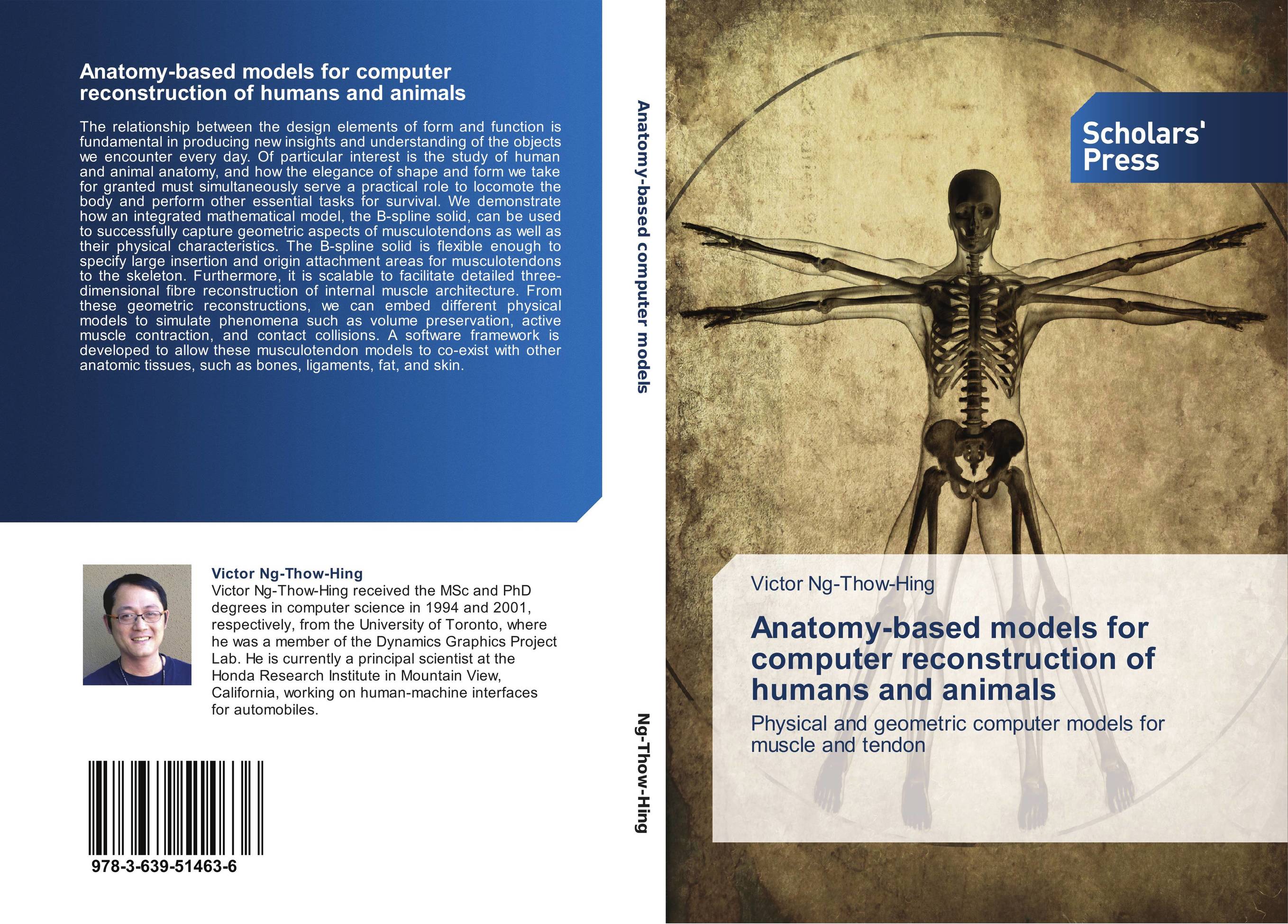| Поиск по каталогу |
|
(строгое соответствие)
|
- Профессиональная
- Научно-популярная
- Художественная
- Публицистика
- Детская
- Искусство
- Хобби, семья, дом
- Спорт
- Путеводители
- Блокноты, тетради, открытки
Anatomy-based models for computer reconstruction of humans and animals. Physical and geometric computer models for muscle and tendon

В наличии
| Местонахождение: Алматы | Состояние экземпляра: новый |

Бумажная
версия
версия
Автор: Victor Ng-Thow-Hing
ISBN: 9783639514636
Год издания: 2013
Формат книги: 60×90/16 (145×215 мм)
Количество страниц: 176
Издательство: Scholars' Press
Цена: 50239 тг
Положить в корзину
Позиции в рубрикаторе
Отрасли знаний:Код товара: 123619
| Способы доставки в город Алматы * комплектация (срок до отгрузки) не более 2 рабочих дней |
| Самовывоз из города Алматы (пункты самовывоза партнёра CDEK) |
| Курьерская доставка CDEK из города Москва |
| Доставка Почтой России из города Москва |
Аннотация: The relationship between the design elements of form and function is fundamental in producing new insights and understanding of the objects we encounter every day. Of particular interest is the study of human and animal anatomy, and how the elegance of shape and form we take for granted must simultaneously serve a practical role to locomote the body and perform other essential tasks for survival. We demonstrate how an integrated mathematical model, the B-spline solid, can be used to successfully capture geometric aspects of musculotendons as well as their physical characteristics. The B-spline solid is flexible enough to specify large insertion and origin attachment areas for musculotendons to the skeleton. Furthermore, it is scalable to facilitate detailed three-dimensional fibre reconstruction of internal muscle architecture. From these geometric reconstructions, we can embed different physical models to simulate phenomena such as volume preservation, active muscle contraction, and contact collisions. A software framework is developed to allow these musculotendon models to co-exist with other anatomic tissues, such as bones, ligaments, fat, and skin.
Ключевые слова: Anatomy, Biomechanics, muscle modelling, computer animation, muscle architecture, anatomy-based modelling



